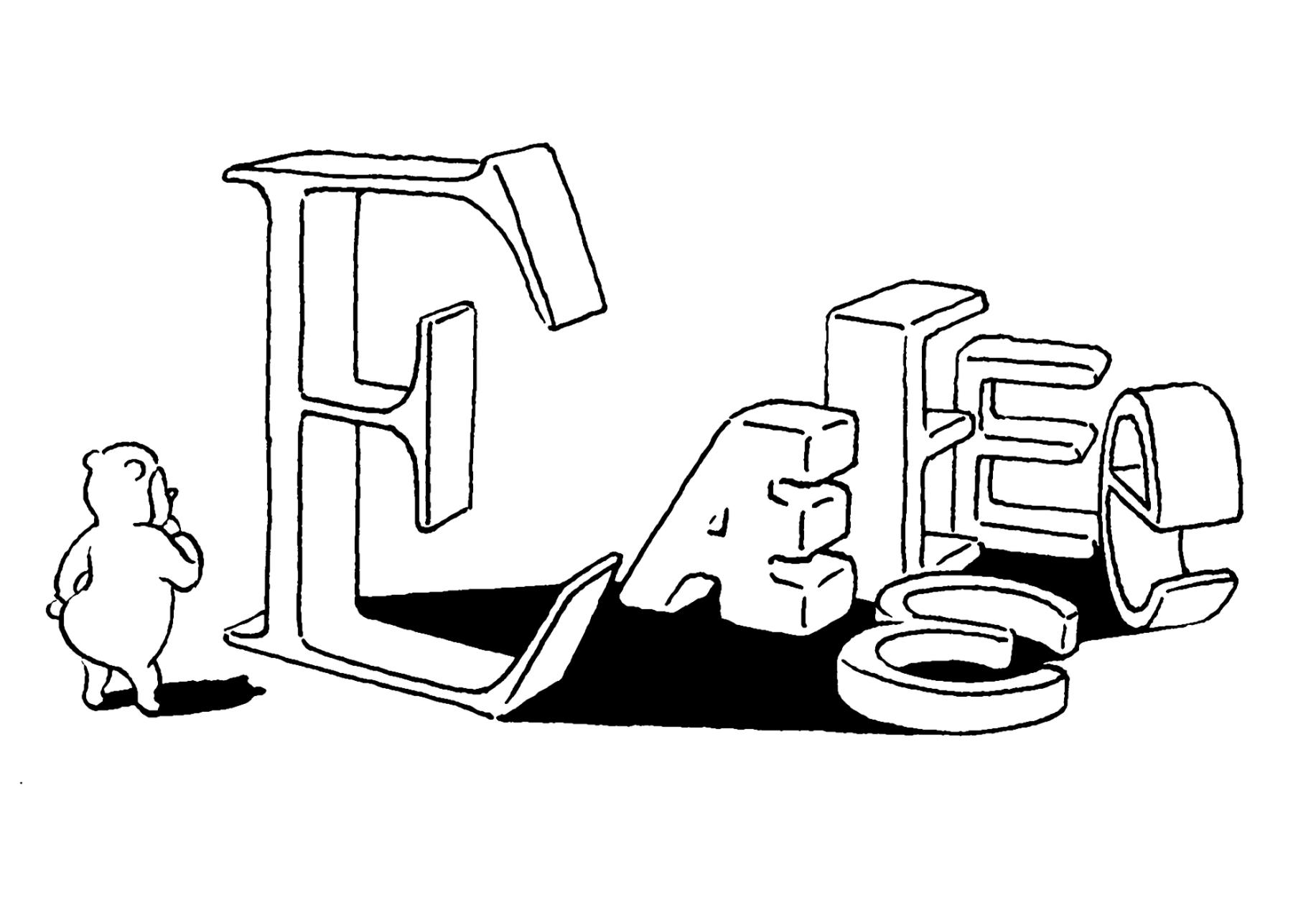Character

Illustration: Tezzo Suzuki .
A character is an abstract symbol that represents a unit of a language in its written form. It is a broad term that covers letters, figures, punctuation, symbols, and more.
Not to confuse with a glyph, which is a visual representation of a character.
To be more precise:
• one character can be represented by multiple glyphs (such as alternates glyphs of the same character a: single story and double story a);
• one glyph can contain multiple characters (such as ligature fl containing two characters).
In computing, characters are encoded in character encoding standards like Unicode or ASCII. These standards map a character to a numerical value (also called a “code point”) that can be processed by a computer. The character is what the user types, and the glyph is what is displayed in return.
NOTE
The distinction between uppercase and lowercase doesn’t affect the linguistic value of a character. A and a are therefore considered case variants of the same character in linguistic and phonological terms. In computing and digital typography, however, A and a are assigned different Unicode code points (A = U+0041 and a =U+0061), making them distinct encoded characters in that context.
FONT ENGINEERING ADVICE
In a font file, the cmap table (character to glyph index mapping) links character’s code points to the font’s glyphs.